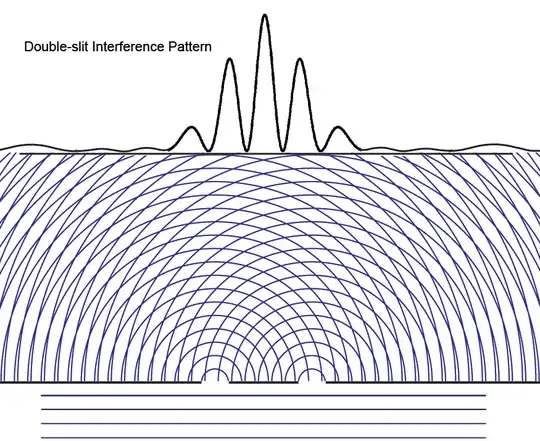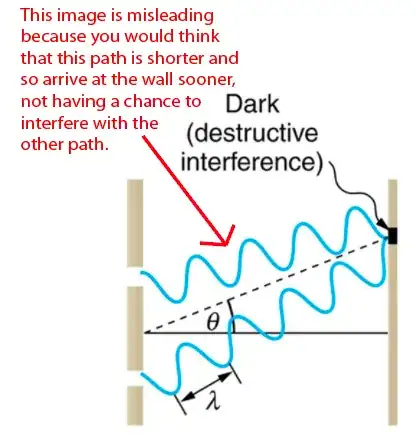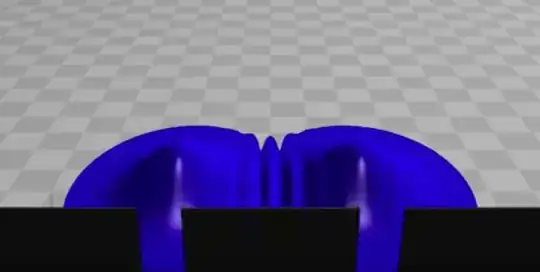When discussing the interference pattern of a double slit, it is often described as two sets of concentric circles rippling out towards the wall and interfering with each other. In truth, each circle beyond the initial two propagating towards the wall represents a FOLLOWING wave (or particle)--one that happens slightly later in time than the wave crest before it. So how can these following waves interfere with the first wave if the photon is shot one at a time?
I must be understanding these diagrams wrong, but I don't understand how...



